Various sustainable practices based on different cultures
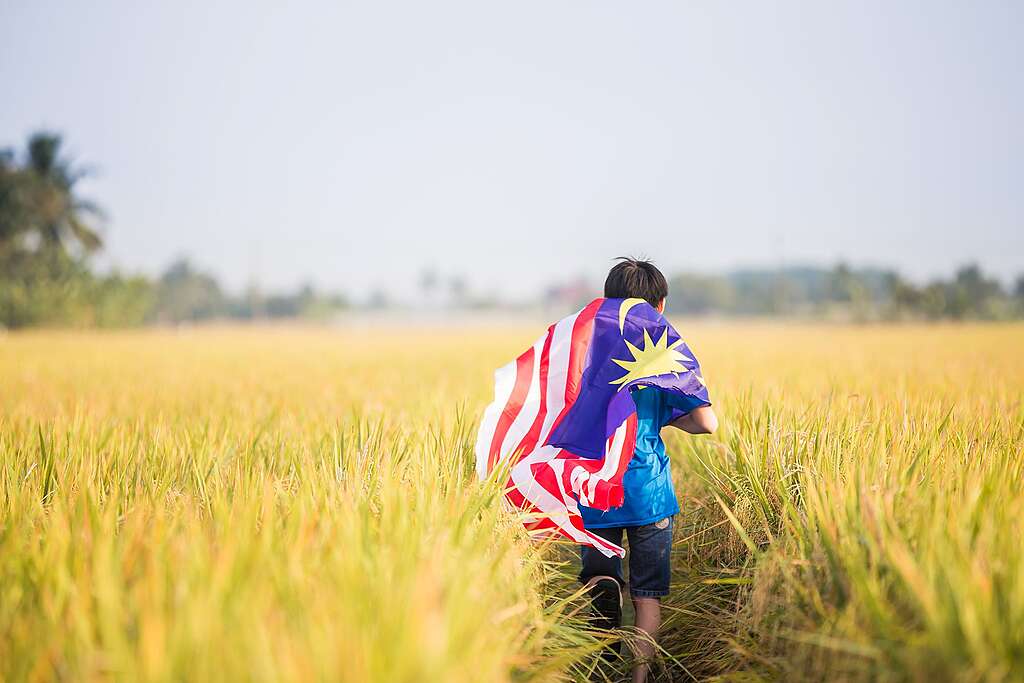
As Malaysia prepares to celebrate Merdeka Day, it’s a fitting time for me to reflect on the diverse cultural heritage that makes our nation unique. Of course, I naturally had to weave sustainability and green practices into my reflections being the eco-warrior that I am. This made me think back to the days when my mom used to pack our picnic food in a tiffin, my childhood game of batu seremban was made from old cloth and rice, and when I made paper lanterns using old newspapers during the annual lantern festival. These memories now feel so fond to me as it highlights how many traditional Malaysian practices are inherently sustainable, seamlessly blending cultural heritage with environmental consciousness.
This Merdeka, let’s look back into how traditional practices from various cultures contribute to sustainability, offering valuable lessons for modern environmental efforts. By honouring and integrating these practices, we can create a more sustainable future while preserving our rich cultural heritage.
Understanding Sustainability in Cultural Contexts
Sustainability, at its core, involves meeting the needs of the present without compromising the ability of future generations to meet their own needs. Many traditional practices inherently embody this principle, showcasing a deep respect for nature and resources. By understanding and valuing these practices, we can draw from centuries-old wisdom to address contemporary environmental challenges.
Traditional Malaysian Practices
Orang Asli & Asal Traditions
Indigenous knowledge and practices are often neglected by mainstream society for not being “scientific.” However, studies show that many of these practices are environmentally friendly, offering valuable lessons. Orang Asli & Asal, Malaysia’s indigenous people, exemplify this with their sustainable forest management and intimate knowledge of the land. Their methods, such as hand-picking plants and practising shifting cultivation, ensure resources are harvested without depleting them, maintaining the forest’s health for generations.
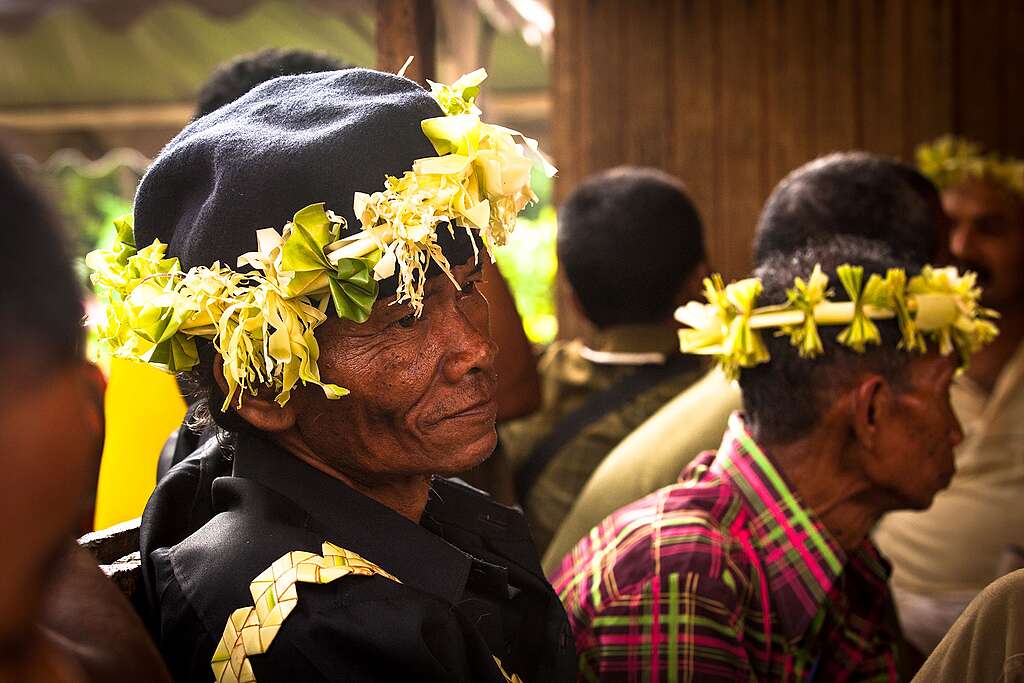
Sharing Orang Asli & Asal’s traditional knowledge can enhance cross-cultural understanding and promote green practices. Properly documented, their green lifestyle could benefit non-indigenous people in areas like environmental preservation, resource-efficient construction, natural water treatment, and herbal medicine.
Malay Traditions
Traditional Malay textiles like batik and songket are prime examples of how cultural heritage can promote slow fashion and reduce environmental impact even in today’s modern world. These intricate natural fibre textiles are crafted by skilled artisans using age-old techniques passed down through generations. The process involves the use of natural dyes from plants, which not only ensures vibrant, long-lasting colours but also minimises the environmental harm associated with synthetic dyes. By focusing on handcrafted, made-to-order pieces, the production of batik and songket encourages a slower, more thoughtful approach to fashion, contrasting sharply with the mass production and wastefulness of fast fashion.
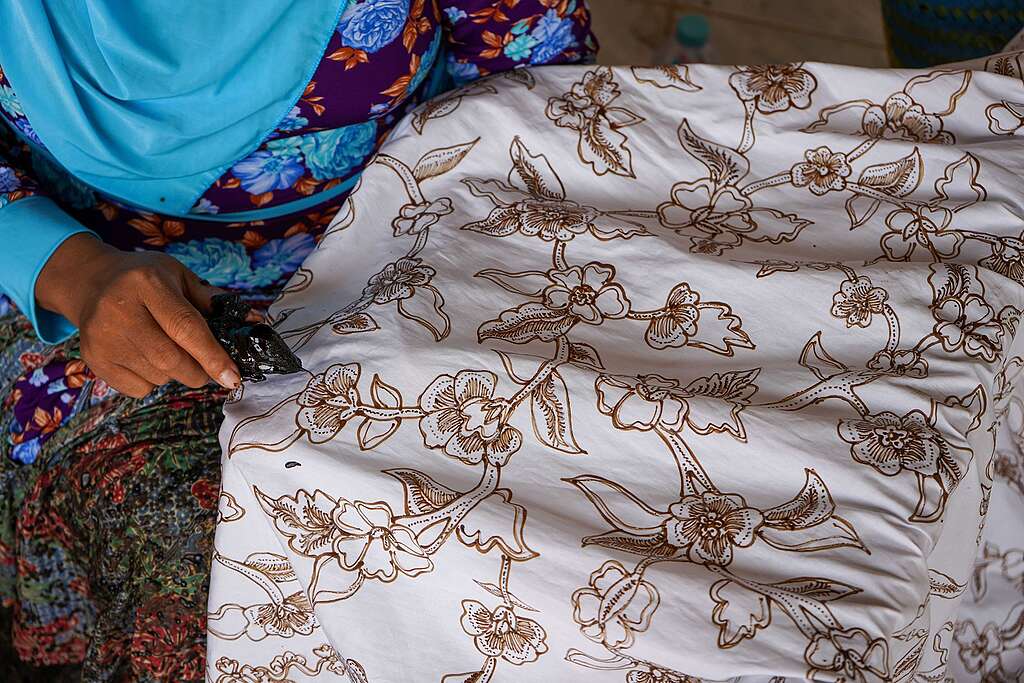
Malay culinary traditions similarly embrace sustainability. Many traditional kuih and dishes, like tepung pelita and nasi tumpang, are wrapped in banana leaves, offering eco-friendly and biodegradable packaging. This practice is especially prominent during the Ramadhan bazaar season. However, there have been concerns raised by the Ministry of Health about the safety of staples used to secure real banana leaves. Without a suitable alternative, this shift has unfortunately moved vendors towards less sustainable packaging options, such as synthetic plastic alternatives.
To help counter this trend and continue supporting eco-friendly practices, we strongly encourage everyone to bring their own reusable containers when visiting these bazaars. By doing so, we can reduce our reliance on plastic and honour the sustainable traditions that have been part of our culture for generations.
Chinese Traditions
Chinese cultural practices like Feng Shui emphasise harmony with the environment. This ancient art promotes building and landscaping in ways that respect natural elements, contributing to sustainable living. Feng Shui encourages the integration of green spaces and water features, such as gardens, ponds, and fountains, into urban and residential areas. These elements improve air quality, provide natural cooling, and support biodiversity fostering sustainable and harmonious living spaces.
Furthermore, rattan is used extensively in Chinese craftsmanship and is a fast-growing and renewable resource. Rattan exemplifies sustainable harvesting practices that we still see being used for making baskets, furniture, and other household items until today, even in my own home!
Indian Traditions
Traditional Indian agricultural practices, often aligned with the holistic principles of Ayurveda, offer valuable guidance on sustainable farming methods. Texts like Vrikshayurveda, an ancient Sanskrit work on plant life, provide insights into rain forecasting, seed selection, ploughing, sowing, transplanting, water management, weeding, and plant protection. These practices, rooted in thousands of years of tradition, remain relevant today, promoting soil health and biodiversity.
As the world grapples with environmental challenges like deforestation, climate change, and declining air quality, this ancient science provides valuable insights into sustainable tree management—something urgently needed for the preservation of our urban trees in Malaysia. Additionally, Ayurvedic principles are increasingly relevant in addressing the degradation of agricultural lands due to the use of fertilisers, pesticides, and chemicals.
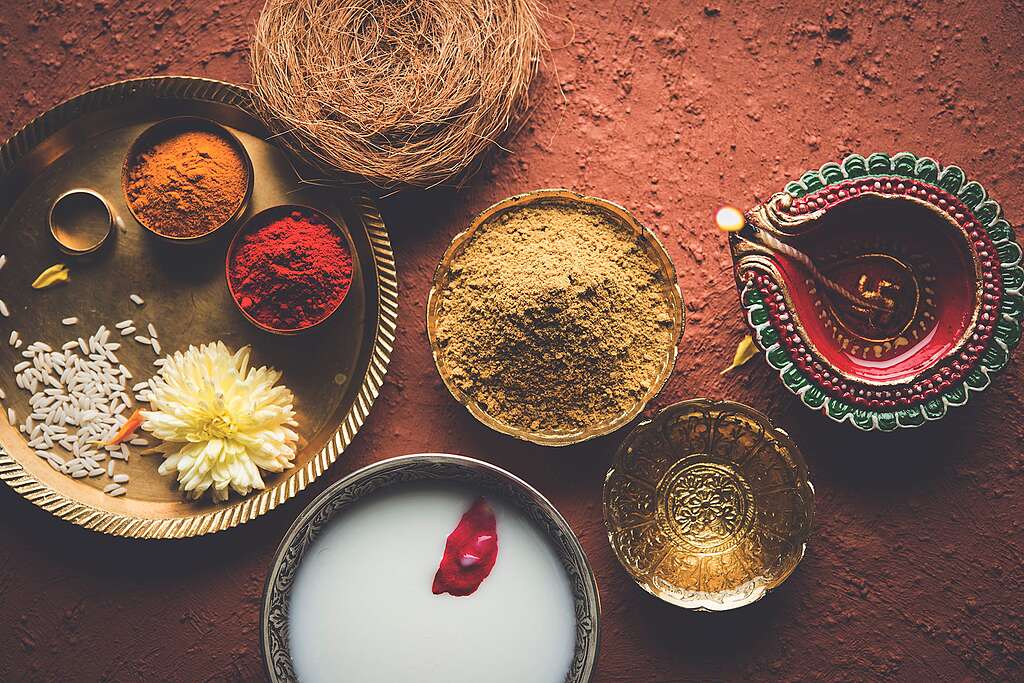
Sustainable Practices from Around the World
Japan
Sustainability has been a cornerstone of Japanese culture since the Edo period, a time when they were isolated and resources were scarce, and people had to make the most of everything they had. This era cultivated a society that valued sustainability and minimised waste, birthing the Japanese concept of Mottainai, which encapsulates the regret over wasting anything that could still be of use. Today, this principle is reflected in Japan’s thriving thrift store culture, where tourists and locals alike find a treasure trove of second-hand goods.
As one of the most sustainable countries in the world, Japan continues to offer valuable lessons in mindful living. From the minimalist lifestyle to wrapping gifts with cloth that both promote reduced waste, Japanese culture provides timeless teachings on environmental stewardship that resonate even in our modern world.
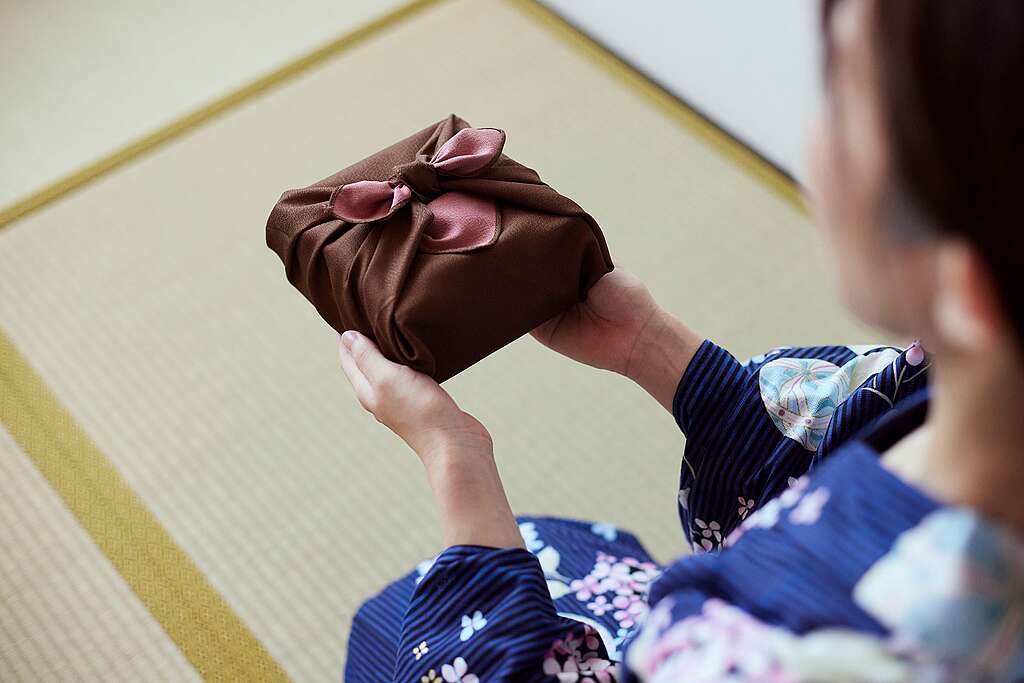
Scandinavian Countries
The Scandinavian concept of Hygge prioritises comfort, well-being, and a deep sense of contentment. But beyond candles, blankets, and warm drinks, Hygge, at its core, encourages mindful consumption and cherishing simple, meaningful experiences. Instead of indulging in excess, Hygge promotes a minimalist lifestyle where quality is favoured over quantity.
These countries are also leaders in renewable energy adoption, showcasing how cultural values can drive environmental innovation.
Honouring our Heritage for a Sustainable Future
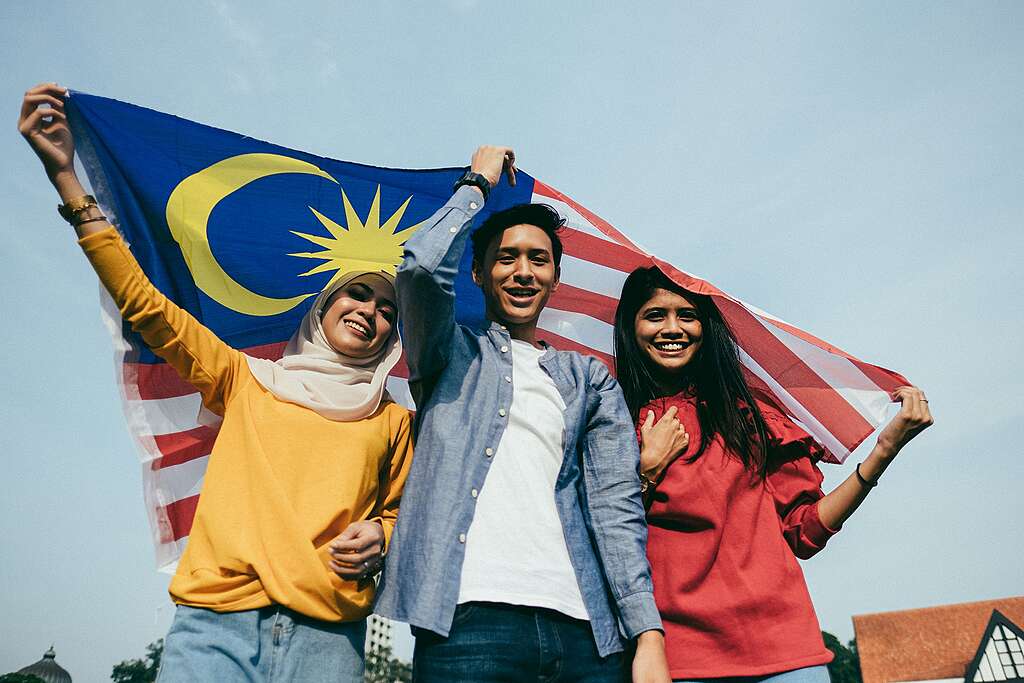
This Merdeka Day, let’s celebrate not only our independence but also the rich cultural tapestry that defines Malaysia. By embracing and integrating traditional sustainable practices, we can pave the way for a future where cultural heritage and environmental stewardship go hand in hand. Together, we can build a sustainable Malaysia that honours its past while looking forward to a brighter, greener future. Selamat Hari Merdeka!
